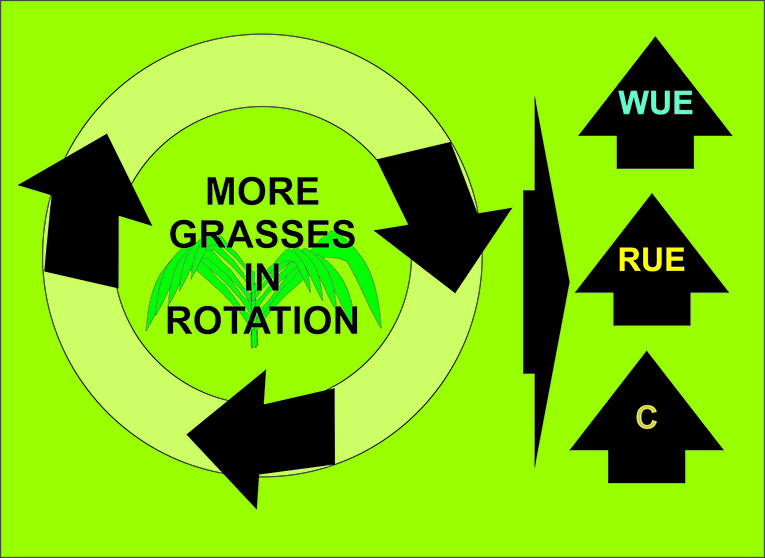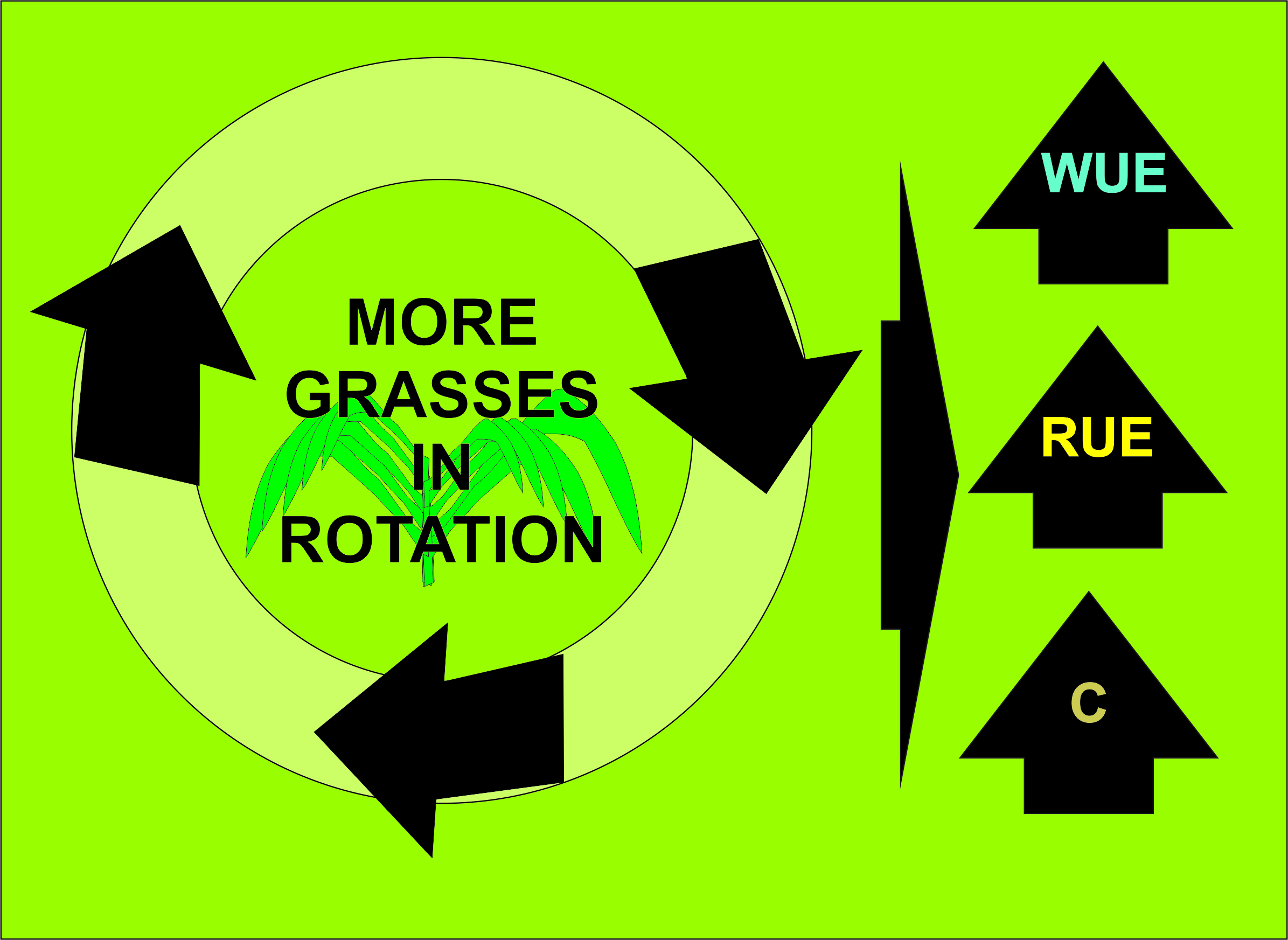Water and radiation productivity in different cropping sequences in the north center of Santa Fe
Palabras clave:
eficiencia uso del agua, eficiencia uso radiación, soja, trigo, vicia, maíz, cebadaResumen

Dry matter and grain productions depend on the ability of crops to capture resources. Productivity of resourses is defined based on the amount of grain or dry matter produced per unit of available resource (solar radiation or rainfall) during the year. Our main objective was to evaluate the effect of different crop sequences on the productivity of water (WP) and radiation (RP) resources for grain production and total dry matter (DM). The trial was carried out during 2014/15 and 2015/16. Nine sequences were established, including different cultures and fertilization doses with a 25, 50 or 75 % -variable-participation of grasses.
Increases of the order of 125 and 125 % were determined in WP, and of 141 and 142 % for RP for grain and DM respectively, in the sequence b/fc-w/s respect v/s-w/s (b: barley; w: wheat; s: soybean; v: vicia; fc: fertilized corn). The results showed that the sequences of crops that included higher percentage of grasses and the adequate fertilization, increased water and radiation efficiency and productivity, achieving a greater
contribution of carbon from crop residues.
Highlights
- The sequences of crops that included a greater percentage of grasses increased efficiency and productivity in the use of water and radiation.
- The rotations with 75% of grasses and high fertilization achieved the highest productions of dry matter and contributions of C of crop residues.
- Water and radiation use efficiency in currently most common sequence for the Argentine Pampas region are lower than crop sequences obtained
in optimized sequence in this work, and can be improved.
Descargas

Descargas
Publicado
Cómo citar
Número
Sección
Licencia
Aquellos autores/as que tengan publicaciones con esta revista, aceptan las Políticas Editoriales.










.jpg)




